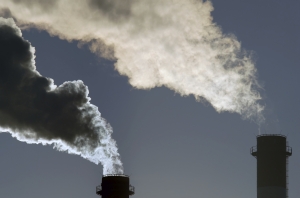Meeting the challenge of net zero emissions will require a range of technological solutions to be developed and adopted at an unprecedented pace and scale.
But which technologies will drive industrial decarbonisation – at what cost, and when?
RepuTex has today launched a new tool for users to evaluate the low-emissions technologies available to Australia’s largest emitting Metals, Mining, Oil & Gas, Other Manufacturing, Transport, and Waste sectors – and the cost of implementation to 2050.
Leveraging our market-leading emissions models, the Abatement Cost Analyser enables users to model the cost of 250+ decarbonisation technologies – from 2025 to 2050 – across 15 industrial sectors, providing a deeper understanding of:
-
- Which decarbonisation actions will drive industrial decarbonisation?
- How will low-emissions technology costs change to 2050?
- What is the potential for key technologies such as Carbon Capture and Storage (CCS) and Green Hydrogen to decarbonise Australian industry – and when?
- Which sectors have the largest, and cheapest, emissions reduction opportunities?
- Which sectors are best placed to decarbonise, and when?
- Which technologies are likely to influence Australia’s Safeguard Mechanism?
With access to up to 15,000 datapoints to 2050, this comprehensive tool provides companies, traders, investors, and policymakers with deep insights into the potential for low-emissions technologies to be adopted – and the likelihood of their uptake.
The Abatement Cost Analyser is now available to subscribers of our EnergyIQ platform. Click here to access the tool >>
The Abatement Cost Analyser is an add-on to our base service. To receive product information please contact our Client Services team.
Kind Regards,
The RepuTex Team
Australian Energy Markets















